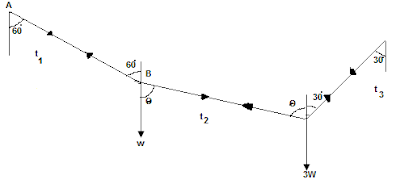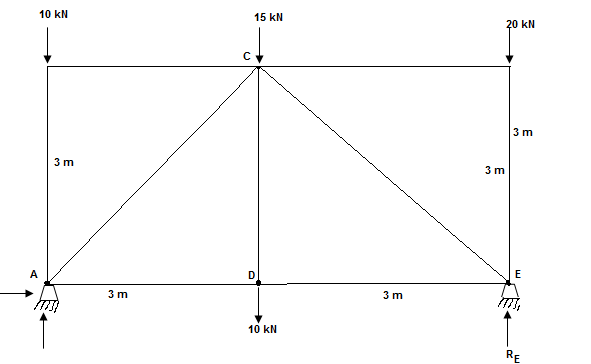UTTARAKHAND TECHnical UNIVERSITY
UTU
B.TECH FIRST YEAR, 2012
basic MECHANICAL
time : 3hr]
Total marks :100
SECTION A
Q1:- Attempt any four of the following :
- Define the following terms:
(i) Quasi-static process
(ii) Thermodynamic equilibrium
(iii) Thermal reservoirs - Explain the concept of free expansion with zero work transfer.
- The properties of a closed system change following the relation between pressure and volume as pV = 3.0, where p is in bar and V is in m3. Calculate the work done when the pressure increase from 1.5 bar to 7.5 bar.
- Define 'internal energy' and prove that it is a property of a system.
- Explain heat transfer is a path function?
- Define and derive steady flow energy equation, andapply this equation to nozzle.
SECTION B
Q2:- Attempt any four of the following :
- What is the otto cycle? Plot the cycle on P-V and T-S diagram and derive the efficiency for the same,
- State the Clausius and Kelvin-Plank statements being used for second law of thermodynamics.
- Differentiate between two stroke and four stroke I.C. engine.
- 0.05 m3 of air at a pressure of 8 bar and 280oC expands to eight times its original volume and the final temp after expansion is 25oC. Calculate change of entropy of air during the process. Assume Cp = 1.005kJ/kgK; Cv= 0.172 kJ/kgK.
- Air enters at a condition of 1 bar and 30o to an air standard Diesel cycle and compressed to 20 bar, cut-off takes places 6% of stroke. Draw P-V and T-S diagram for the cycle and calculate :
(i) Power output
(ii) Heat input
(iii) Air cycle efficiency - Describe the different processes of Rankine cycle. Plot the different process of Rankine cycle on P-V, h-s and T-S diagram and derive the expression for its efficiency.
SECTION C
Q3:- Attempt any two of the following :
- The extremities A and D of a light inextensible string ABCD are tied to two points in the same horizontal line. Weights W and 3W are tied to a string at the points B and C respectively. If AB and CD are inclined to the vertical at angle 60oC and 30o respectively, show that BC is horizontal and find the vensions in the various parts of the strings.
FIG 1
- A ladder of length 'L' rests against a wall, the angle of inclination be 45o. If the co-efficient of friction between the ladder and the ground and that between the ladder and the wall be 0.5 each. What will be the maximum distance along ladder to which is 1.5 times the weight is 1.5 times the weight of ladder may ascend before the ladder beings to slip?
- A beam AB 10 m long has supports at its ends A and B . It carries a point load of 2.5 kN at 3m from A and a point load of 0.5 kN/m between the point loads . Draw the shear force and bending moment diagram for the beam.
SECTION D
Q4:- Attempt any two of the following : - A rectangular beam of 200 mm in width and 400 mm in depth is simply supported over a span of 4m and carriers a distributed load of 10kN/m. Determine maximumbending stress in the beam.
- A plane stress condition exists at a point on the surface of a loaded structure. Where the stress have the magnitudes and direction shown on the stress elements. Determine
(a) The normal stress and the shear stress and he resultants stress on a plane whose normal is inclined at an angle 45o to the axis of major principle stress.
(b) The principle stresses and the position of the principle
(c) Magnitude and position of the greatest shear stress
(d) Angle of obliquityfig 2 - Define the term torsion. Write the assumptions used in torsion equation and derive the torsion equation.
SECTION E
Q5:- Attempt any two of the following :
- Derive the relation between three elastic moduli.
- A steel bar is subjected to loads as in figure. If Young's modulus for the bar material is 200 kN/mm2, determine the change in length of bar. The bar is 200 mm diameter.
FIG 3 - A truss is shown below. Find the forces in all the members of the truss and indicate of the truss and indicate whether it is in tension or compression.
fig 4



